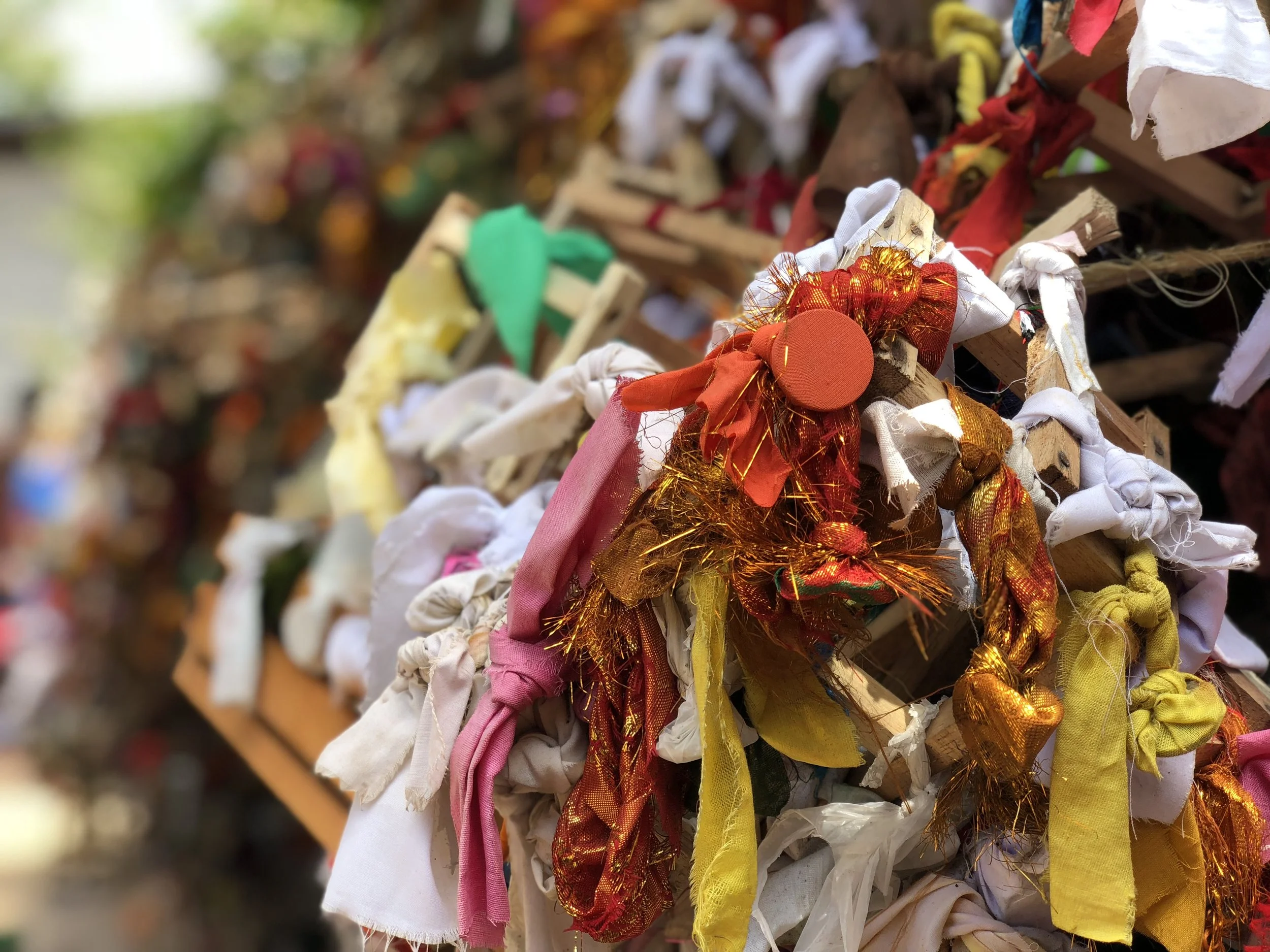Patterns that Repeat in Love
The Knots of Our Desires
The most tender moments in my coaching follow silence. Often, these silences come when we find patterns that repeat in love. I might hear someone say: “Just when I need my partner the most, I push them away. It happens in every relationship.” The weight of the statement hangs in the air, like the fog over the mountain outside my window.
I gently reorient their focus away from blame: “What do you think you are looking for when you do that?” Silence often follows. At first, it is a silence of puzzlement, a stopping in one’s tracks to understand. It softens into a spacious silence of inquiry, an active waiting for clarity to come. Recognition arrives in a flash. The wide-eyed surprise gives way to a deeper quiet—the silence of seeing. The words that follow are crisp like poetry, as the deepest desires of the self emerge. For me, it is a profound moment of witnessing.
It is not only my clients who need the silence. I do too. The responses are consistent, yet they surprise me each time. I find that the same needs that make people giddy in love, trigger them fiercely. Our deepest longings stir our greatest fears. When these needs feel at risk, we react in a protective way, often overcorrecting, estranging us from the thing we want. The repetition of the experience can be painful, yet its message is powerful: underneath the recurring pattern is an unmet need, repeatedly seeking fulfillment.
Once we see the knots of fear and desire bound around the same needs, what do we do with the longings that matter most to us—the ones that feel close to the bone? When we want to be seen, to know we matter, to risk the vulnerability of being raw—what would it be like to pause the momentum of how we usually respond and find a different way to tend to our needs?
Intimacy: An Unselfconscious Togetherness
Inquiring into this, I keep returning to one thing that powerfully shapes our experience of love—our sense of ourselves in partnerships. Many of us carry a fear of losing ourselves in love. The counter-point to this, as I see it, is a capacity to cultivate an intimacy within, where we learn to see ourselves and know where our needs and feelings—including our knots of fear and desire—are coming from. It is an ability to build an inner container, and hold it in the presence of another.
For me, this is an embodied experience, and a spatial one. The therapists Thomas and Patrick Maloney speak of how we move through the world inhabiting two spaces at once—the space of the self and the space we share with others. The space of the self, they say, is where we experience ourselves free of concern for how others see us. Shared space is where we become aware of others, when we stand by a stove, cooking together, when we sit quietly beside each other. The deepest intimacy happens, they say, when we inhabit the space of the self within shared space. In these moments, our “seeing” of ourselves takes place in the presence of the other. It requires no thinking. It is experiential. It leaves us with an incredible sense of aliveness.
It is from this place, I believe, that we can rewrite our old patterns. As we build our inner containers, alone and together, we can listen for the needs that are seeking fulfillment and communicate them in the intimacy of shared space. As we do so, we begin to unbind the knots of fear wrapped around our desires. New experiences of ourselves and others come, bringing healing, opening possibilities.


